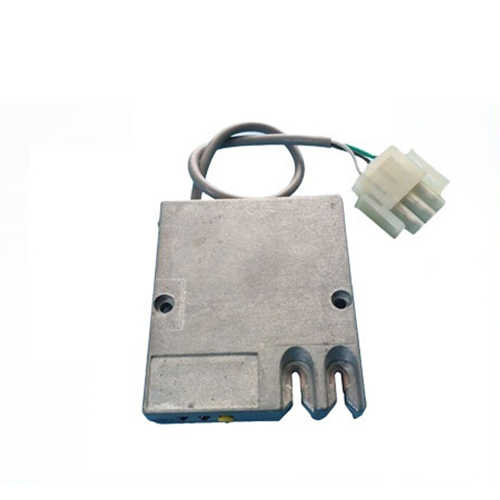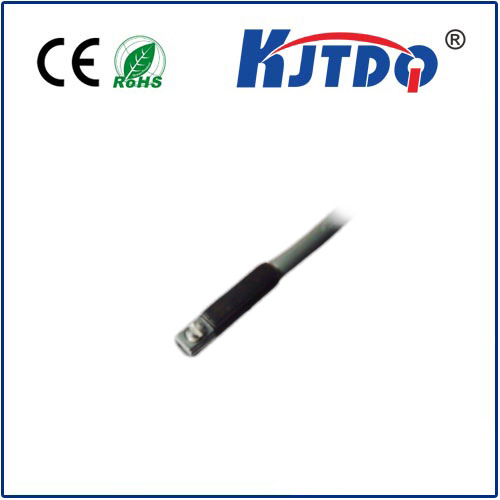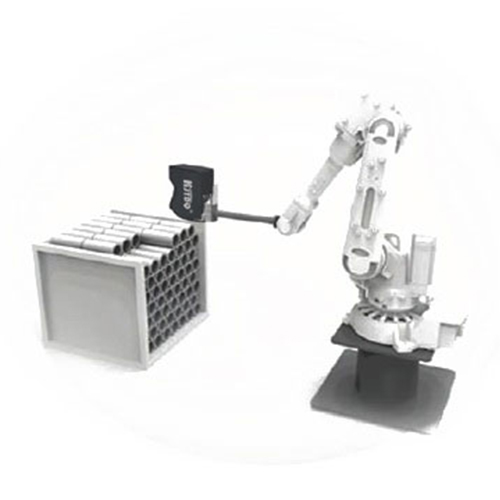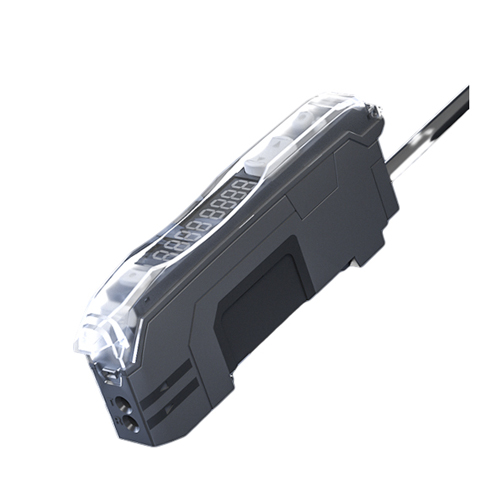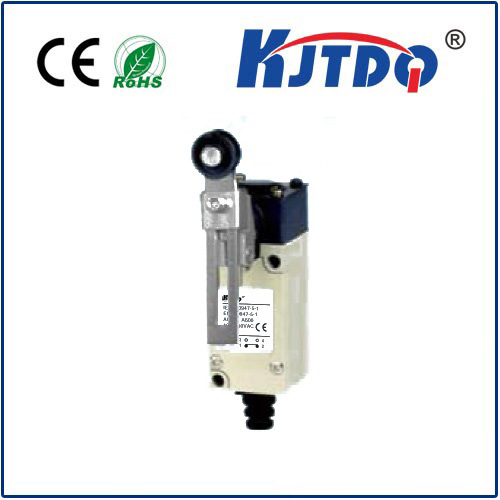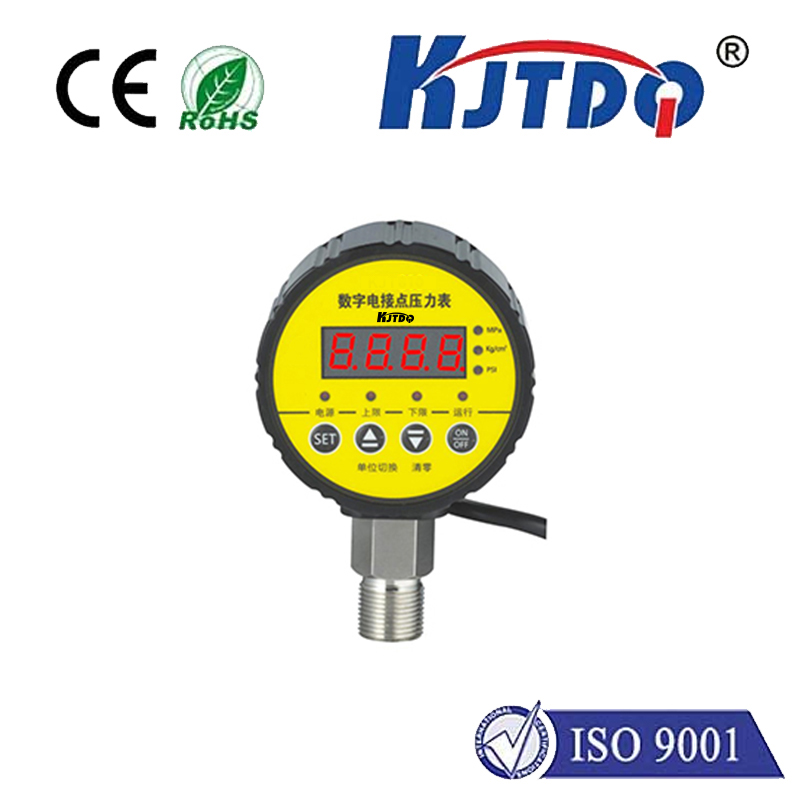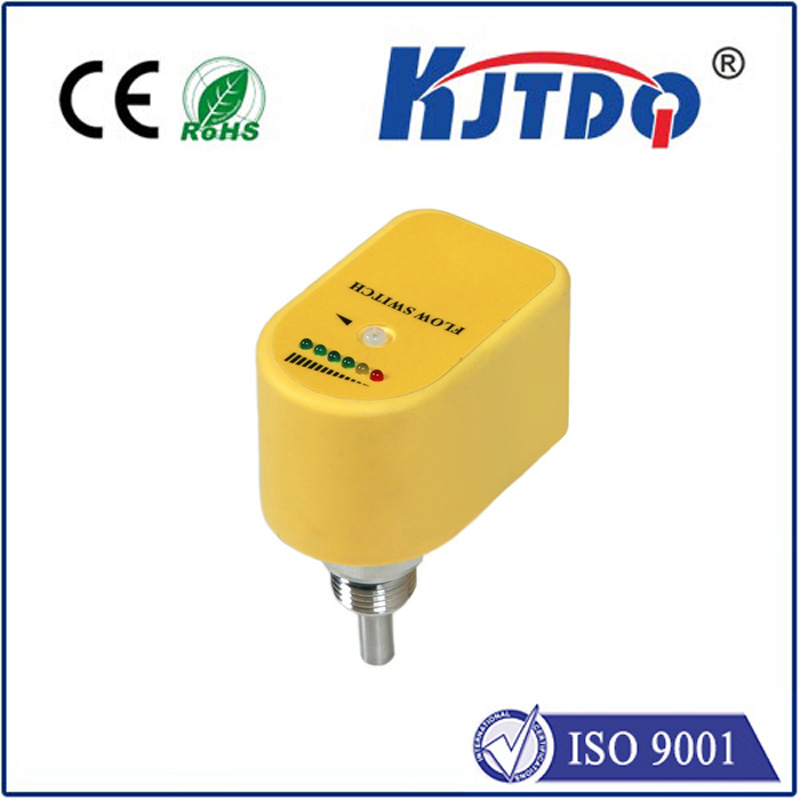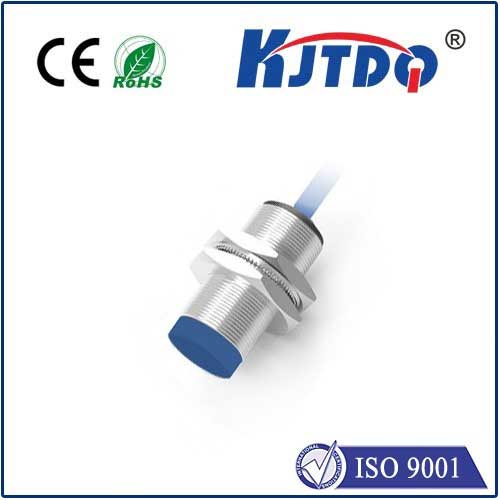PT500E pressure sensor
- time:2025-09-24 01:50:25
- Click:0
PT500E Pressure Sensor: Precision Measurement for Demanding Applications
Imagine a critical pump monitoring system failing because its pressure readings drifted off-course. Or an industrial automation line halting due to a sensor overwhelmed by a harsh chemical environment. In countless applications where pressure is a vital parameter, the measurement tool itself becomes paramount. Enter the PT500E pressure sensor, a robust transducer engineered to deliver reliable and accurate pressure data precisely where it’s needed most. This unsung hero of industrial instrumentation tackles the demanding realities of process control, automation, and testing with resilience and precision.
Understanding Pressure Transducers: The PT500E’s Core Mission
At its heart, the PT500E is a pressure transducer. Unlike a simple pressure gauge offering a visual readout, a transducer converts physical pressure – be it gas, hydraulic fluid, air, or compatible liquids – into a standardized electrical signal. This signal, typically 4-20 mA, 0.5-4.5V ratiometric, or 0-10V, can be easily interpreted and utilized by control systems, data loggers, PLCs (Programmable Logic Controllers), and SCADA systems. This conversion is fundamental for automated control loops, remote monitoring, and data acquisition within complex industrial setups.
The PT500E achieves this conversion primarily through piezoresistive technology. Within its core, a sophisticated sensing element – often a micro-machined silicon diaphragm – experiences deflection under applied pressure. This deflection causes minute changes in the electrical resistance of integrated strain gauges arranged within a Wheatstone bridge circuit. These resistance changes are meticulously measured and converted into the calibrated output signal proportional to the sensed pressure. The precision and stability of this sensing element are critical to the PT500E’s performance.

Engineered for Resilience: Key Features of the PT500E
What sets the PT500E apart, especially in challenging environments, is its robust construction and thoughtful design features:
- Rugged Build Quality: Often featuring a stainless steel body (typically 17-4 PH or 316L variants) and durable process connections (e.g., G1/4”, 1⁄4” NPT), the PT500E is built to withstand physical shock, vibration, and the rigors of industrial settings. This construction provides inherent resistance to mechanical damage.
- Media Compatibility: A critical specification. The PT500E’s 316L stainless steel wetted parts ensure excellent resistance to corrosion from water, oils, many hydraulic fluids, and mildly corrosive media. This broad media compatibility makes it versatile across different applications, preventing sensor degradation caused by the measured substance itself.
- Temperature Compensation & Stability: Pressure measurements are notoriously sensitive to temperature fluctuations. The PT500E incorporates sophisticated on-chip temperature compensation. This technology actively counteracts the effects of ambient and media temperature changes on the sensing element, ensuring high accuracy and long-term stability across its specified operating range. This results in consistent, reliable readings even as environmental conditions shift.
- High Accuracy & Resolution: Engineered for precision, the PT500E typically delivers impressive accuracy ratings, often within ±0.5% or better of full scale (FS). It also offers high resolution, capable of detecting minute pressure changes critical for sensitive control tasks and process optimization.
- Wide Pressure Ranges: Available in a comprehensive selection of pressure ranges, spanning from low pressures like tens of millibars (gauge or absolute) up to several hundred bar. This flexibility allows the selection of the optimal sensor for the specific pressure levels encountered in a given application.
- Multiple Electrical Outputs: Catering to diverse system requirements, the PT500E is commonly offered with various output signals: industry-standard 4-20mA (current loop, good for noise immunity over long distances), ratiometric 0.5-4.5V (often powered by 5V, output proportional to supply), or 0-10V. This facilitates seamless integration into existing control infrastructures.
- Environmental Protection: IP ratings (e.g., IP65, IP67) signify protection against dust and water ingress, ensuring reliable operation in humid or dirty plant environments. Some variants offer higher protection for submersion.
Where Precision Meets Application: PT500E Use Cases
The combination of robustness, accuracy, and versatility makes the PT500E a go-to solution across numerous sectors:
- Industrial Automation & Process Control: Monitoring hydraulic and pneumatic pressures in machinery, controlling pump speeds based on line pressure, regulating tank levels via hydrostatic pressure, managing filtration systems. Its reliable output is crucial for maintaining efficient and safe automated processes.
- HVAC/R Systems: Measuring refrigerant pressures, monitoring filter status across air handlers and chillers, ensuring boiler pressures remain safe. Stability across temperature variations is key here.
- Test Benches & Labs: Providing precise pressure feedback during product testing, calibration setups, and research applications where high accuracy and repeatability are non-negotiable.
- Water & Wastewater Management: Monitoring pump discharge, filter differential pressure, tank levels, and pipeline pressures. The sensor’s corrosion resistance is vital in these often demanding environments.
- Mobile Hydraulics & Off-Highway Equipment: Monitoring pressures within hydraulic circuits on construction machinery, agricultural equipment, and material handling vehicles. Its ability to handle shock and vibration is essential.
- Energy & Power Generation: Applications include monitoring cooling circuits, lubrication systems, and boiler feedwater pressures. Robust construction ensures longevity in critical infrastructure.
Selecting and Implementing the PT500E
To harness the full potential of the PT500E pressure transducer, careful selection and installation are paramount:
- Define Pressure Parameters: Precisely identify the required pressure range (including whether gauge, absolute, or sealed gauge referencing is needed) and the media being measured (crucial for compatibility checks).
- Choose Output Signal & Power Supply: Match the PT500E’s electrical output (4-20mA, 0-10V, etc.) to the input requirements of your monitoring or control system. Ensure the power supply voltage matches the sensor’s specifications.
- Process Connection & Environment: Select the correct thread type (e.g., G1/4”, NPT) and material rating. Consider the ambient temperature range and ingress protection (IP rating) needed for the installation location.
- Proper Installation: Avoid mounting where excessive mechanical stress or vibration is present. Use appropriate sealing methods (like thread sealant, avoiding tape on sensor ports) compatible with the measured media. Employing braided stainless steel hoses instead of rigid piping can help isolate vibration. Ensure the sensor is oriented correctly if mounting position affects its performance.
- Calibration: While PT500E sensors are factory calibrated, periodic verification and calibration against a known standard are recommended to maintain measurement integrity over the sensor’s lifetime, especially in critical applications.
The PT500E pressure sensor embodies the fusion of precision measurement and industrial durability. Its reliable performance, achieved through meticulous engineering like advanced temperature compensation and the use of corrosion-resistant stainless steel, makes it an indispensable tool for engineers and technicians tasked with monitoring and controlling pressure in environments where failure is not an option. By delivering accurate, stable signals consistently, this robust transducer forms a fundamental and highly reliable link in the chain of modern industrial automation and process control.






